pre-emergents and post-emergents
ralph_d
11 years ago
Related Stories
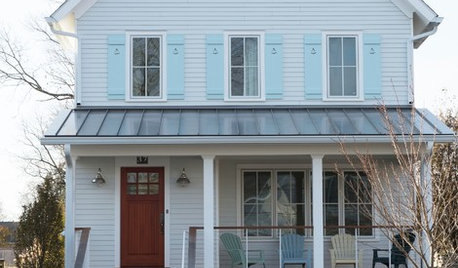
DISASTER PREP & RECOVERYHouzz Tour: Modern Farmhouse Emerges From Hurricane Sandy Devastation
A homeowner loses her cottage but gains a new energy-efficient, low-maintenance home
Full Story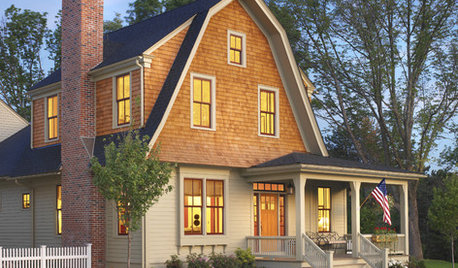
LIFEHow to Prepare Your House for Emergencies
Knock on wood you won't have any big mishaps at home, but it's important to be ready. Our checklist can help
Full Story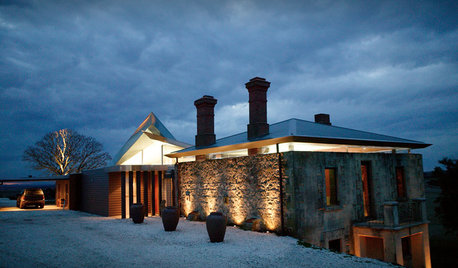
CONTEMPORARY HOMESHouzz Tour: Modern Retreat Emerges From a 19th-Century Ruin
A contemporary country home builds on the remains of an abandoned 1860s homestead
Full Story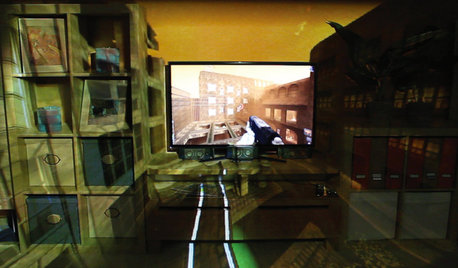
HOME TECHEmerging Virtual-Reality Home Systems Might Blow Your Mind
Get near-total immersion in home entertainment with virtual-reality gadgets worthy of a sci-fi flick, coming soon
Full Story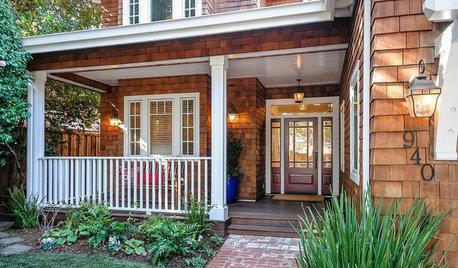
ENTERTAININGYour Pre-Entertaining Quick Cleanup Checklist
Here’s a plan to help you get your house in order before guests arrive
Full Story
HOUSEKEEPINGGot a Disastrously Messy Area? Try Triage
Get your priorities straight when it comes to housekeeping by applying an emergency response system
Full Story
BATHROOM DESIGN14 Bathroom Design Ideas Expected to Be Big in 2015
Award-winning designers reveal the bathroom features they believe will emerge or stay strong in the years ahead
Full Story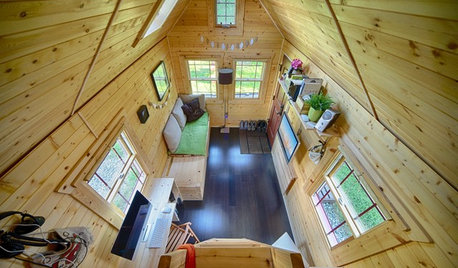
INSIDE HOUZZEnter the 2015 Houzz/AIA Future of Architecture Showcase
Are you a new or emerging architect, or an architecture student? We want to showcase your most interesting design projects and ideas
Full Story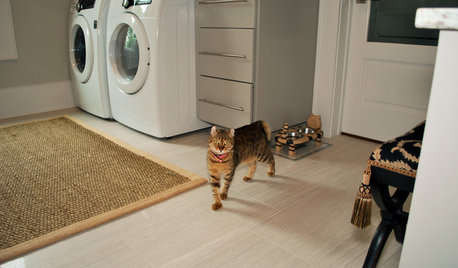
THE HARDWORKING HOMEA Laundry Makes Room for a Diva Cat
A South Carolina laundry room was designed to be sophisticated and functional, but when a kitten arrived, whimsy emerged
Full Story
MONTHLY HOME CHECKLISTSDecember Checklist for a Smooth-Running Home
It's time to add weather stripping, plan for holiday home safety, consider backup heating, check your emergency kits and more
Full Story










jalapenos
ken_adrian Adrian MI cold Z5
Related Professionals
Londonderry Landscape Architects & Landscape Designers · Lowell Landscape Architects & Landscape Designers · Sahuarita Landscape Architects & Landscape Designers · Apollo Beach Landscape Contractors · Barrington Landscape Contractors · Gresham Landscape Contractors · Long Beach Landscape Contractors · New Brighton Landscape Contractors · New Providence Landscape Contractors · Paramount Landscape Contractors · Peoria Landscape Contractors · Pleasanton Landscape Contractors · Baileys Crossroads Landscape Contractors · Vadnais Heights Landscape Contractors · San Pablo Landscape Contractorsdavidrt28 (zone 7)
davidrt28 (zone 7)
ralph_dOriginal Author
jth97381
ralph_dOriginal Author
dcsteg
davidrt28 (zone 7)
dcsteg
jth97381
jth97381
jth97381
jth97381
davidrt28 (zone 7)